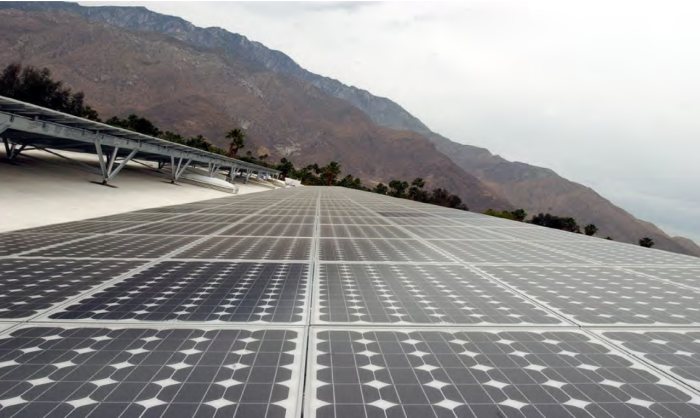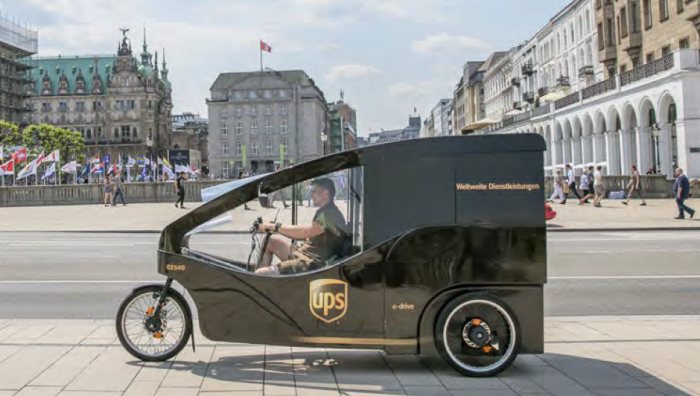
More Solar Power For UPS
Logistics giant UPS has committed to boosting its renewables sourced electricity use from less than 1% currently to 25% by 2025.
UPS offers services in 220 countries and territories including Australia, and has 2,500 facilities operating worldwide. Given the nature of its operations, which includes the use 114,000 delivery fleet vehicles and 236 aircraft, it’s an energy and carbon emissions intensive business.
The renewables goal is one of a number announced yesterday as part of UPS’s efforts to slash its absolute greenhouse gas emissions from global ground operations by 12 percent by 2025.
An important part of achieving its renewable energy target will be solar power.
During this year, the company plans to have invested USD$18 million in on-site solar power at eight of its U.S. facilities, which will generate 50 percent of each building’s daily energy use. This will add nearly 10 megawatts to its solar capacity – nearly a four-fold increase. Prior to this, UPS had solar on-site at four U.S. facilities with a combined capacity of 2.6 megawatts. Its first solar array was installed in 2004.
Solar capacity added during 2017 is expected to reduce the company’s carbon emissions by approximately 8,200 metric tonnes per year.
Among other strategies to reduce its carbon emissions will be further uptake of alternative fuel vehicles. UPS already operates more than 8,300 electric, hybrid electric, hydraulic hybrid, CNG and LNG vehicles globally and has invested more than USD $750 million in alternative fuel/ advanced technology vehicles and fueling stations since 2009.
By 2020, a quarter of UPS’s annual vehicle purchases will be alternative fuel or advanced technology vehicles and by 2025, alternative fuels will meet 40 percent of its total ground fuel needs.
With regard to its electric vehicles, UPS plans to implement a project to reuse their batteries at end-of-life as solar energy storage for use during peak electricity demand.
UPS Chairman and CEO David Abney believes the company’s efforts will have other knock-on effects.
“Because of our size and scale, we know our commitments can shape markets, advance technologies and be a catalyst for infrastructure investments,”
More information on the company’s goals can be found in its 2016 Corporate Sustainability Report.
According to a report published in 2009, logistics and transportation activities are responsible for approximately 5 percent of the 50,000 mega-tonnes of carbon-dioxide emissions generated by all human activity each year.


 RSS - Posts
RSS - Posts



Speak Your Mind